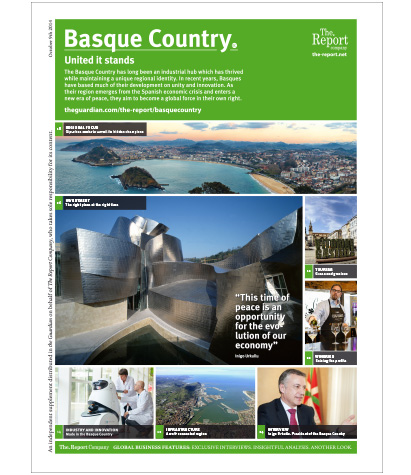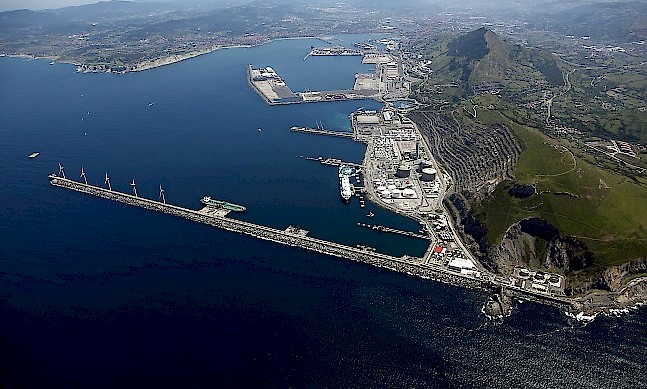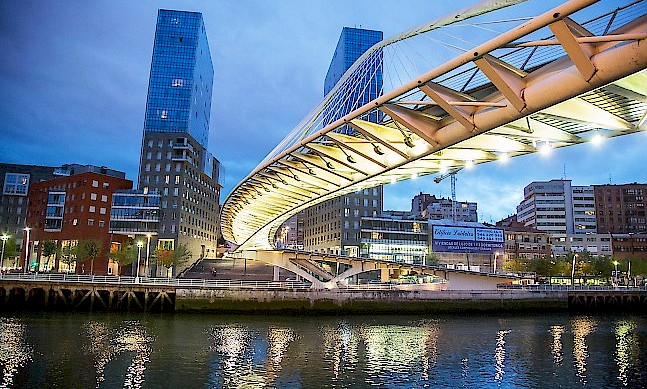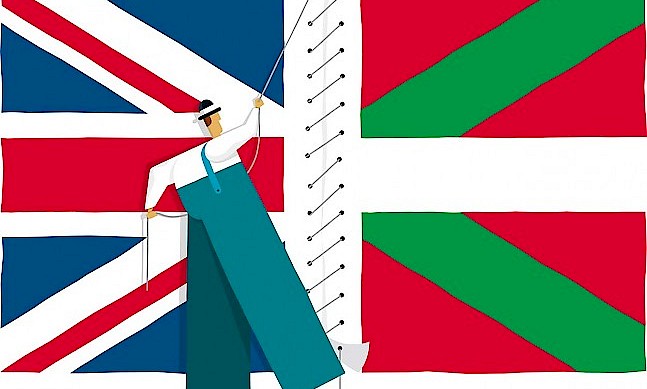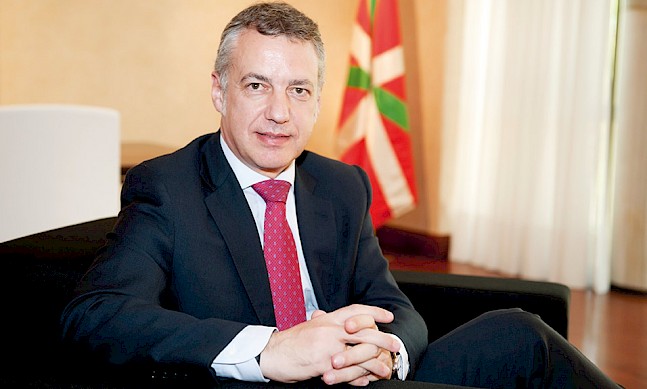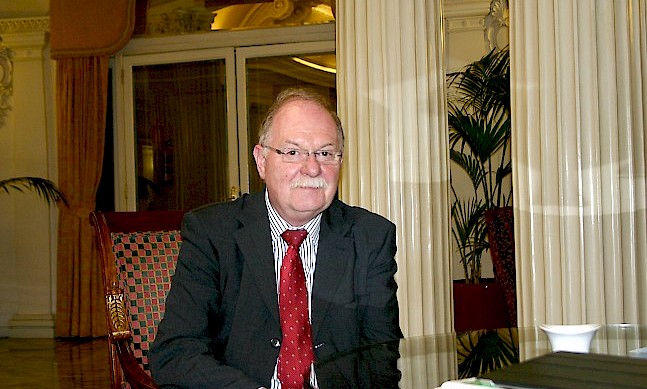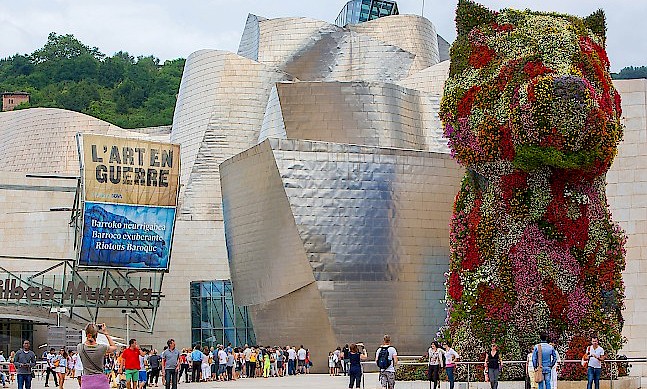The Basque city was once synonymous with the region’s heavy industry heritage. But a quarter of a century ago local leaders realised that radical change was needed
Some 25 years ago, the politicians in charge of Bilbao realised that things had to change if this emblematic Basque city was going to once again be a vibrant hub of economic and cultural activities in the 21st century. The world now tends to associate Bilbao and its astonishingly successful regeneration process with one word: Guggenheim. But the titanium folds of the Frank Gehry-designed art museum were the icing on the cake for those responsible for the city’s complex restructuring process.
“Bilbao had to change; our city was down and out,” recalls Ibon Areso, today Bilbao’s mayor but formerly an urban planner called in by the city’s council to help put together the regeneration plan. “We had an economic model based on heavy industry, which collapsed leaving us with 25 percent unemployment.”
“After regeneration, it’s all about the economy.”
Andoni Aldekoa Director of the Bilbao mayor’s office
Tweet ThisAreso says there were four pillars on which the new city was erected: first came mobility, including “smart” communications in terms of fibre optic and broadband technologies. Then the city’s environment was boosted, polluted rivers cleaned up and parks and pathways improved. Moving on, Areso’s third strand was the opening of the city to the knowledge economy: “The wealthiest cities today are not those with the greatest natural resources but those which have the best educated people.” Finally, the fourth element was cultural expansion, which eventually would include the Guggenheim on top of a range of other initiatives.
But what now? Andoni Aldekoa, director of the Bilbao mayor’s office, outlines Bilbao Next, the city’s model for economic transformation. “If the last 25 years have been all about urban regeneration, the next 25 are about the economy,” he says. Aldekoa sees Bilbao’s future as a hub providing hi-tech “advanced services” to the region’s industry, something which already constitutes 35 percent of the city’s economic output.
Turning around Bilbao’s fortunes
1980s
Bilbao’s shipbuilding and steel industries collapsed, leaving double-digit unemployment and a polluted environment.
1992
The Bilbao Metropoli-30 association drafted its revitalisation plan for metropolitan Bilbao.
1997
The Guggenheim Museum Bilbao opened. In its first three years it generated €500 million in economic activity.
2013
The ‘Bilbao Next’ project was launched, laying out a smart economic and productive strategy for the city.


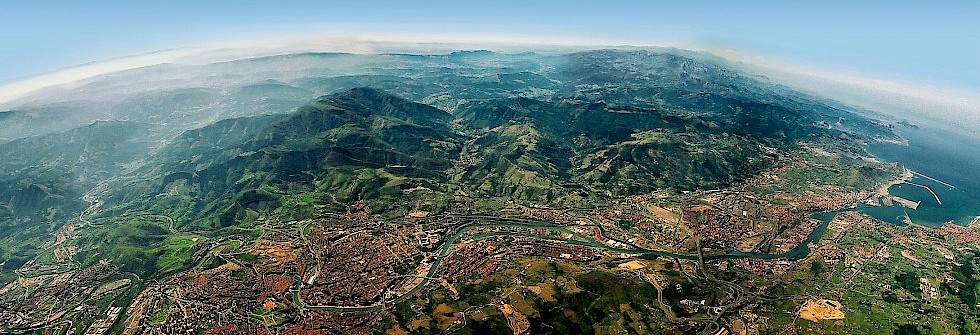 An aerial view of Bilbao, with the Bay of Biscay to the right. Photo: Basque Tourism Agency
An aerial view of Bilbao, with the Bay of Biscay to the right. Photo: Basque Tourism Agency
